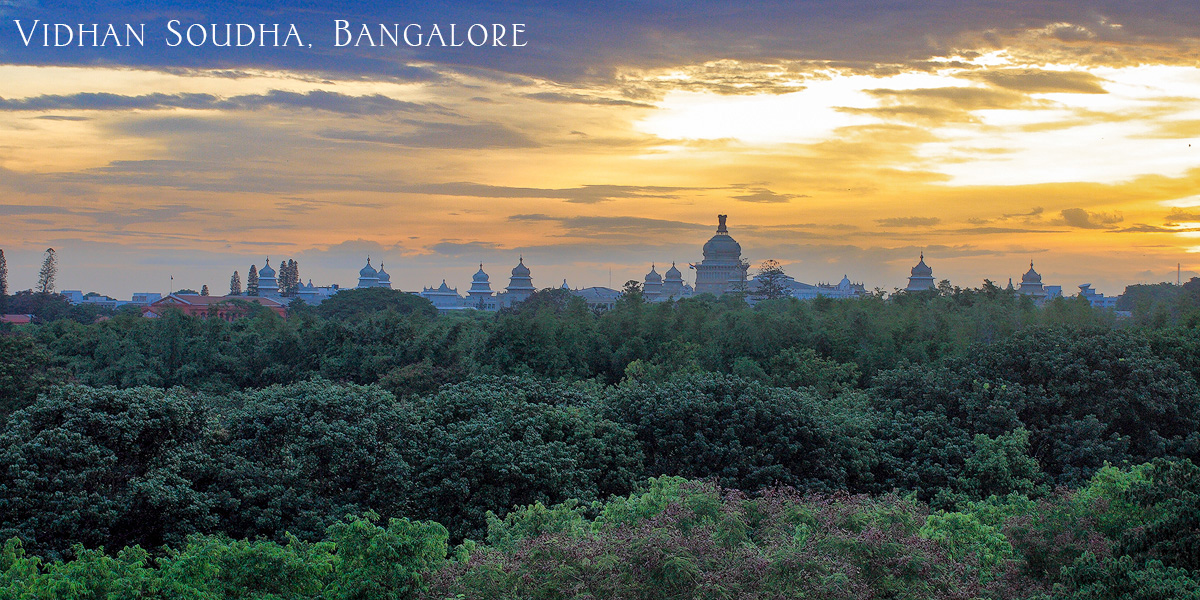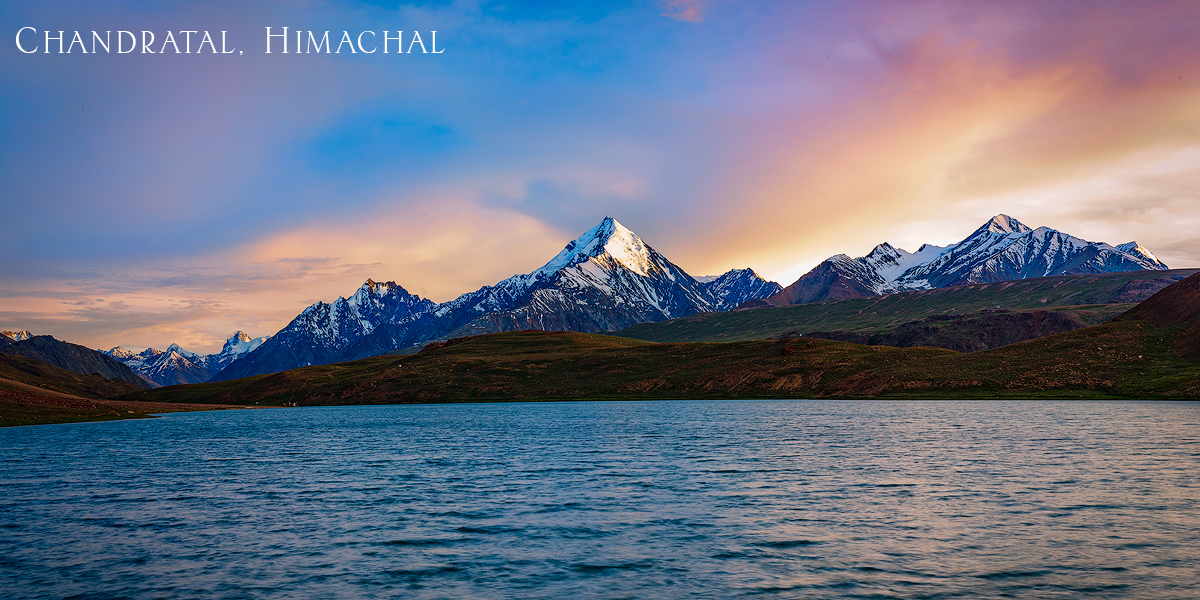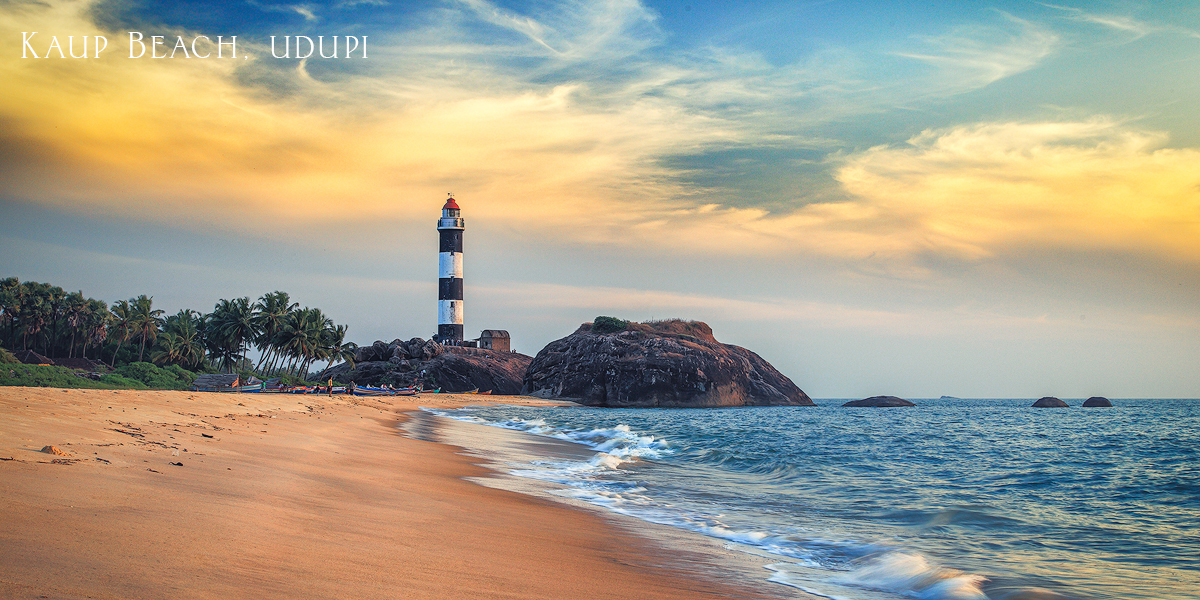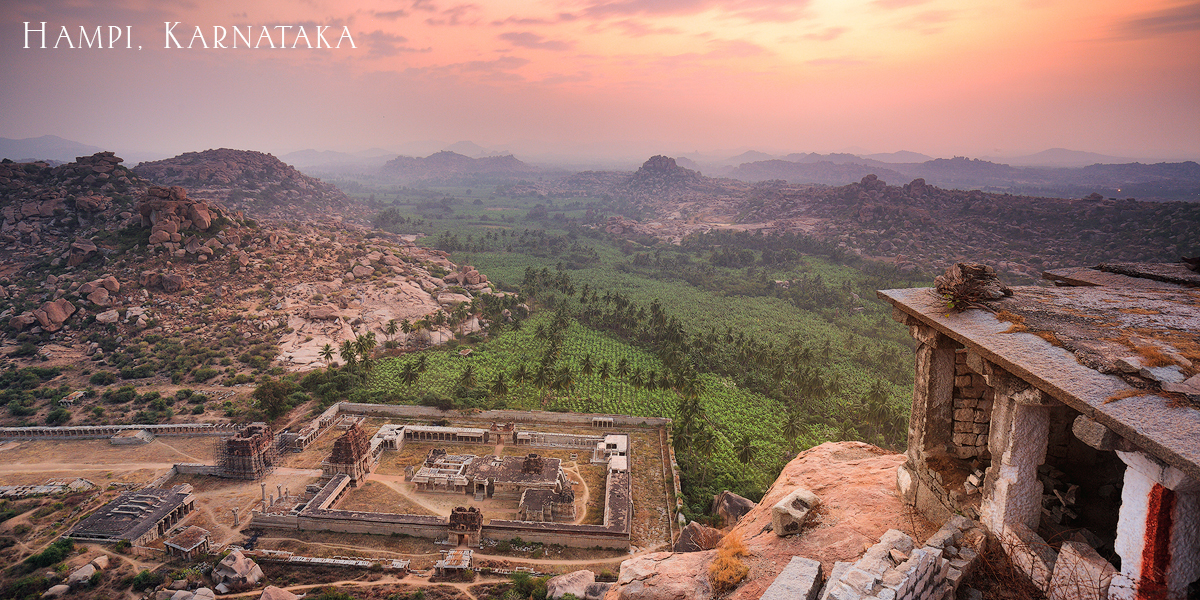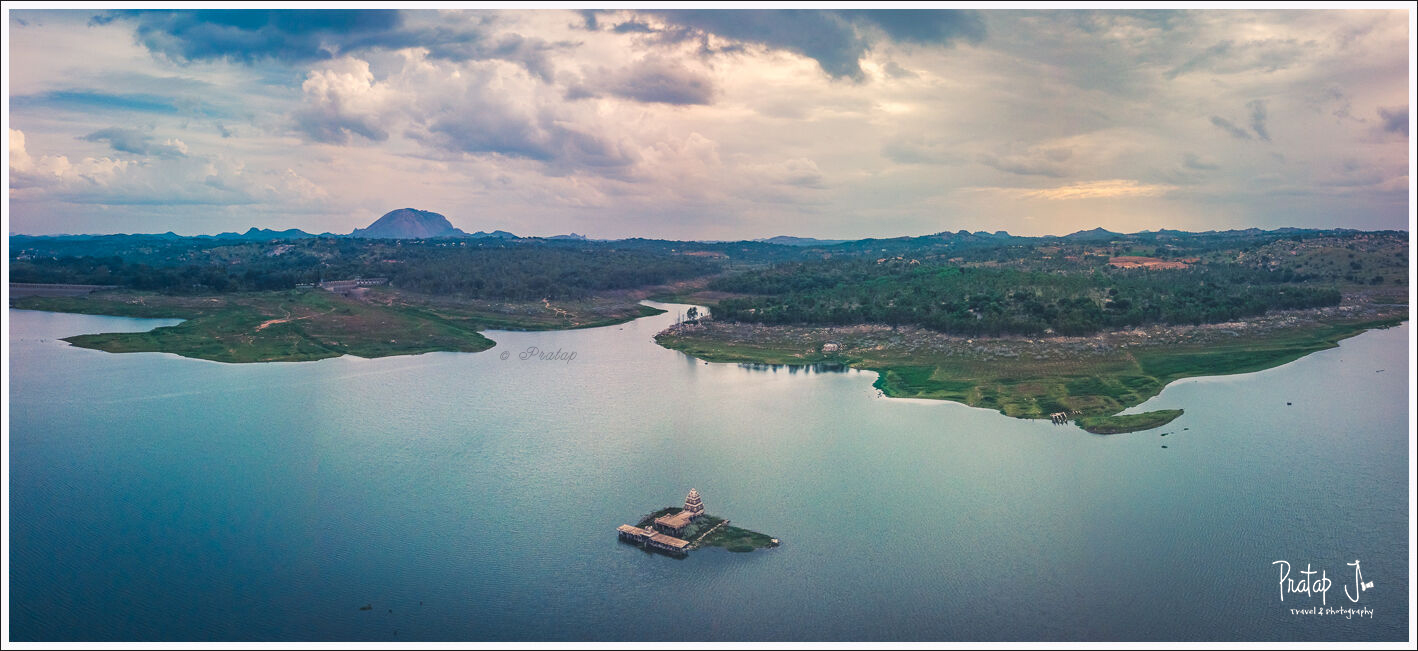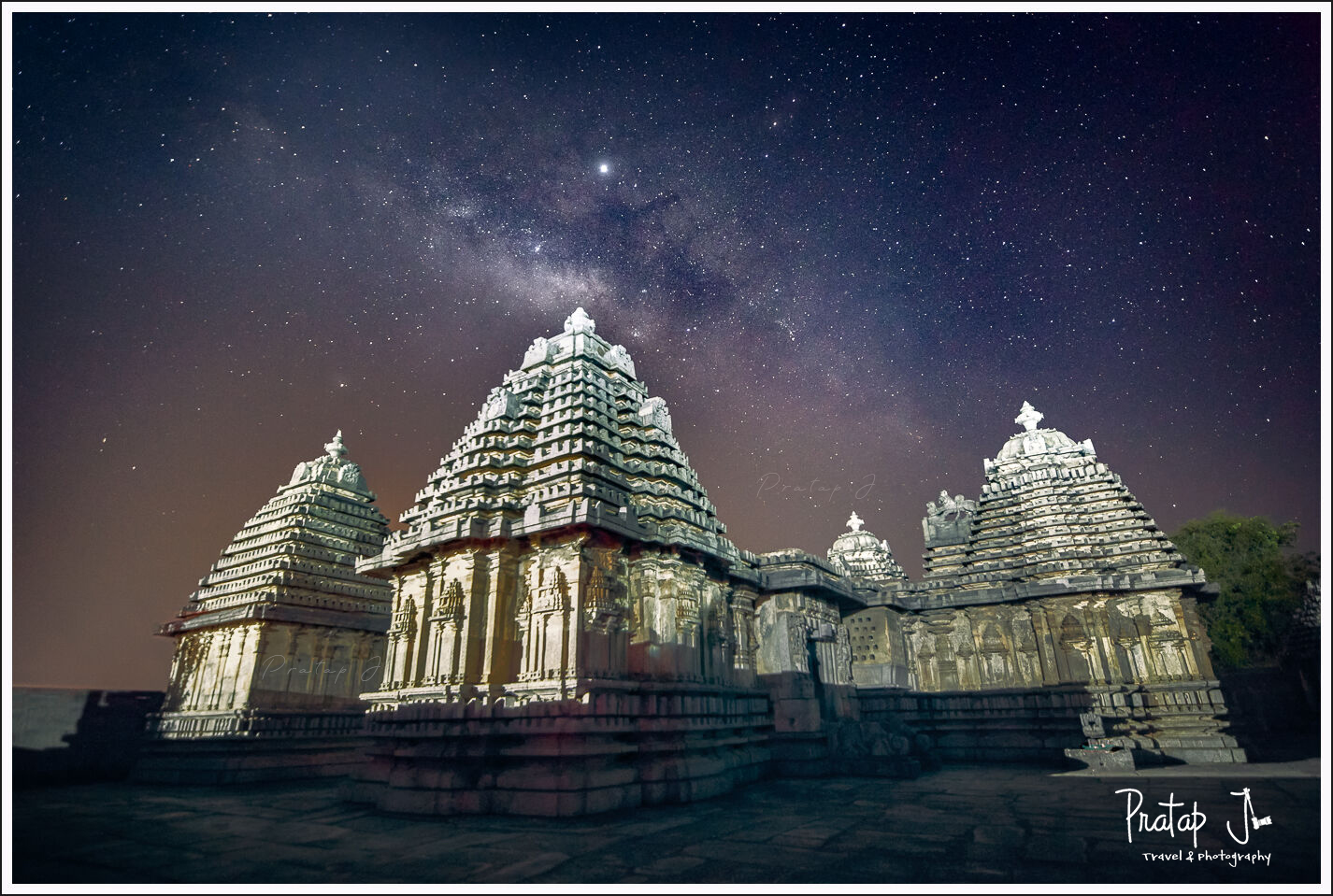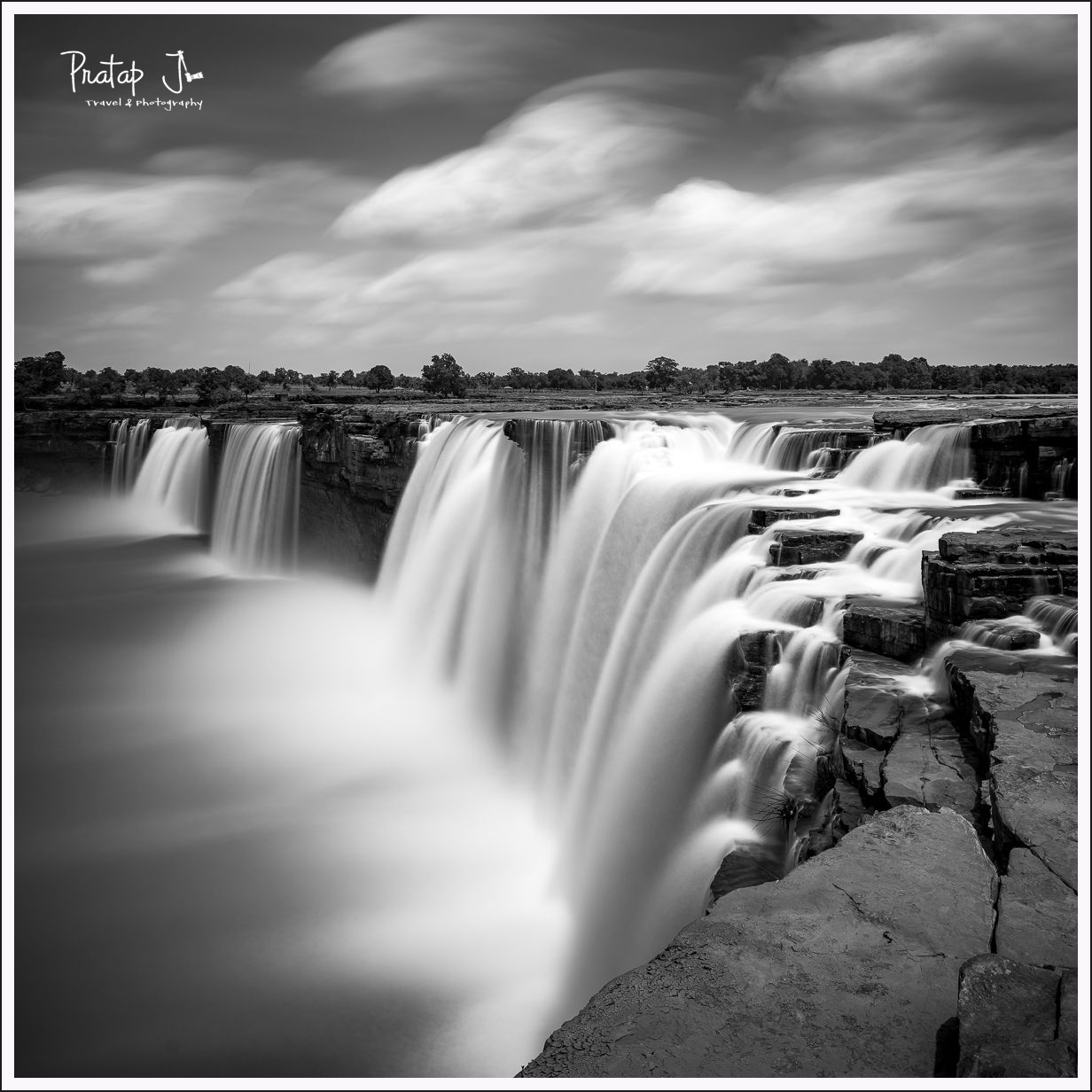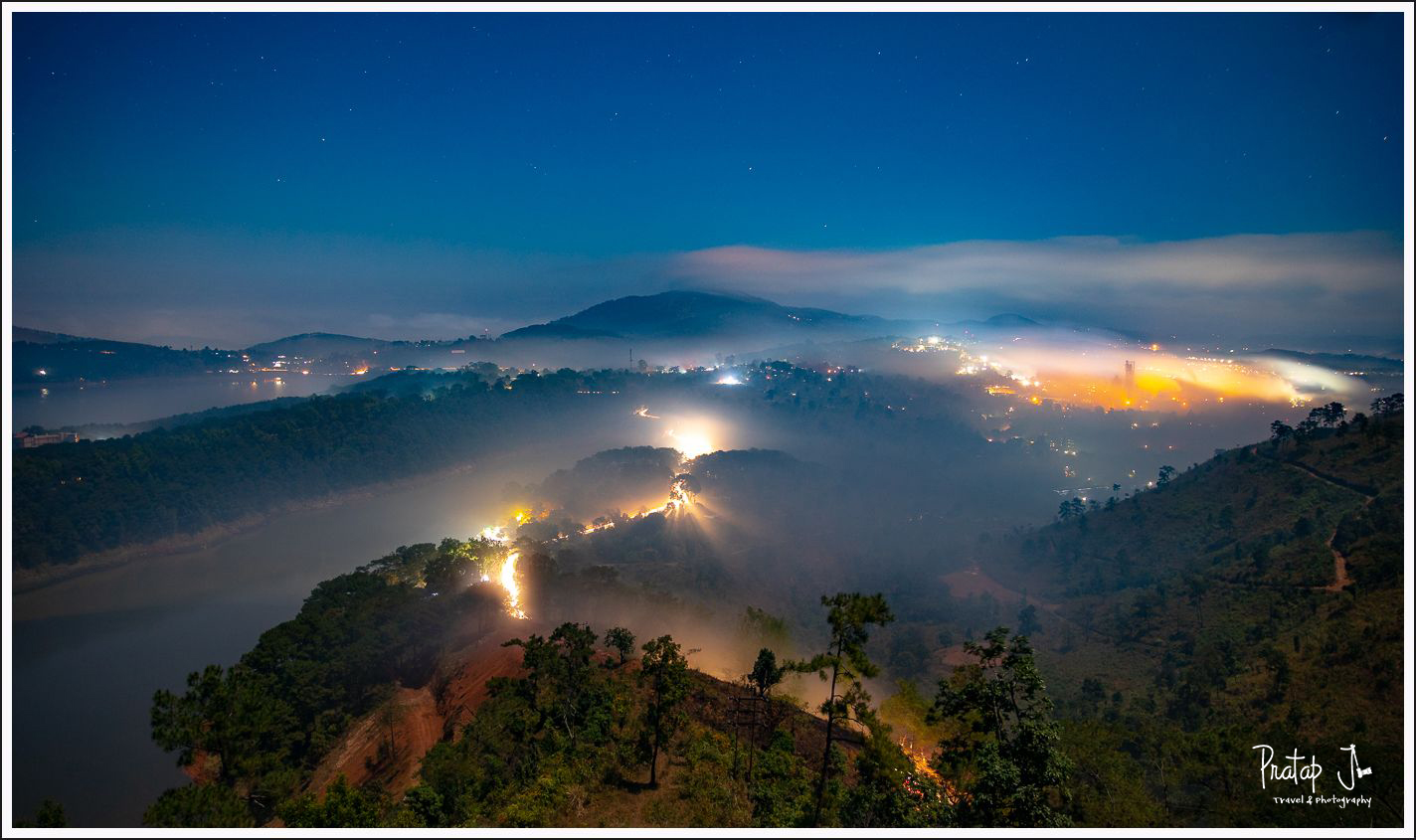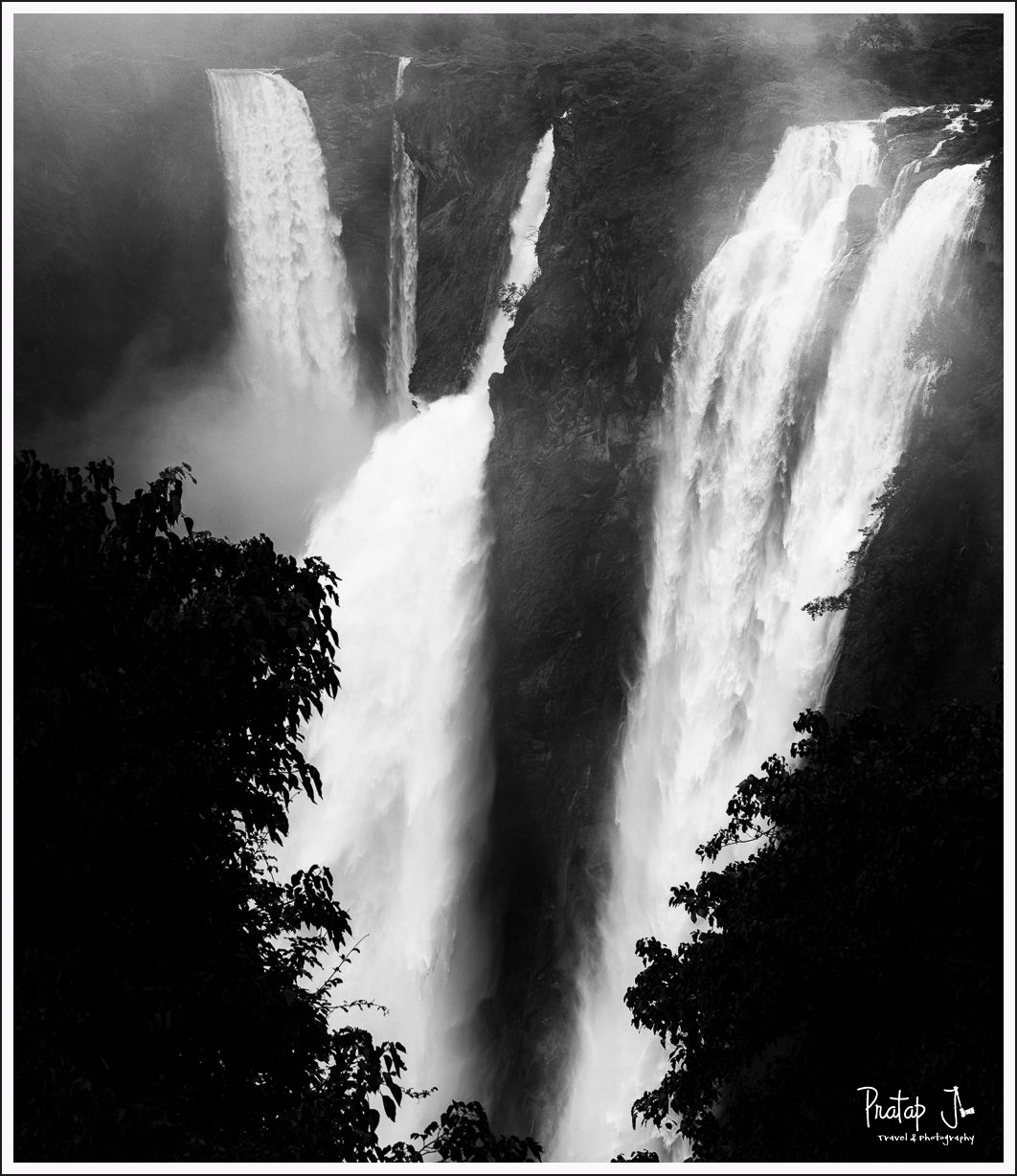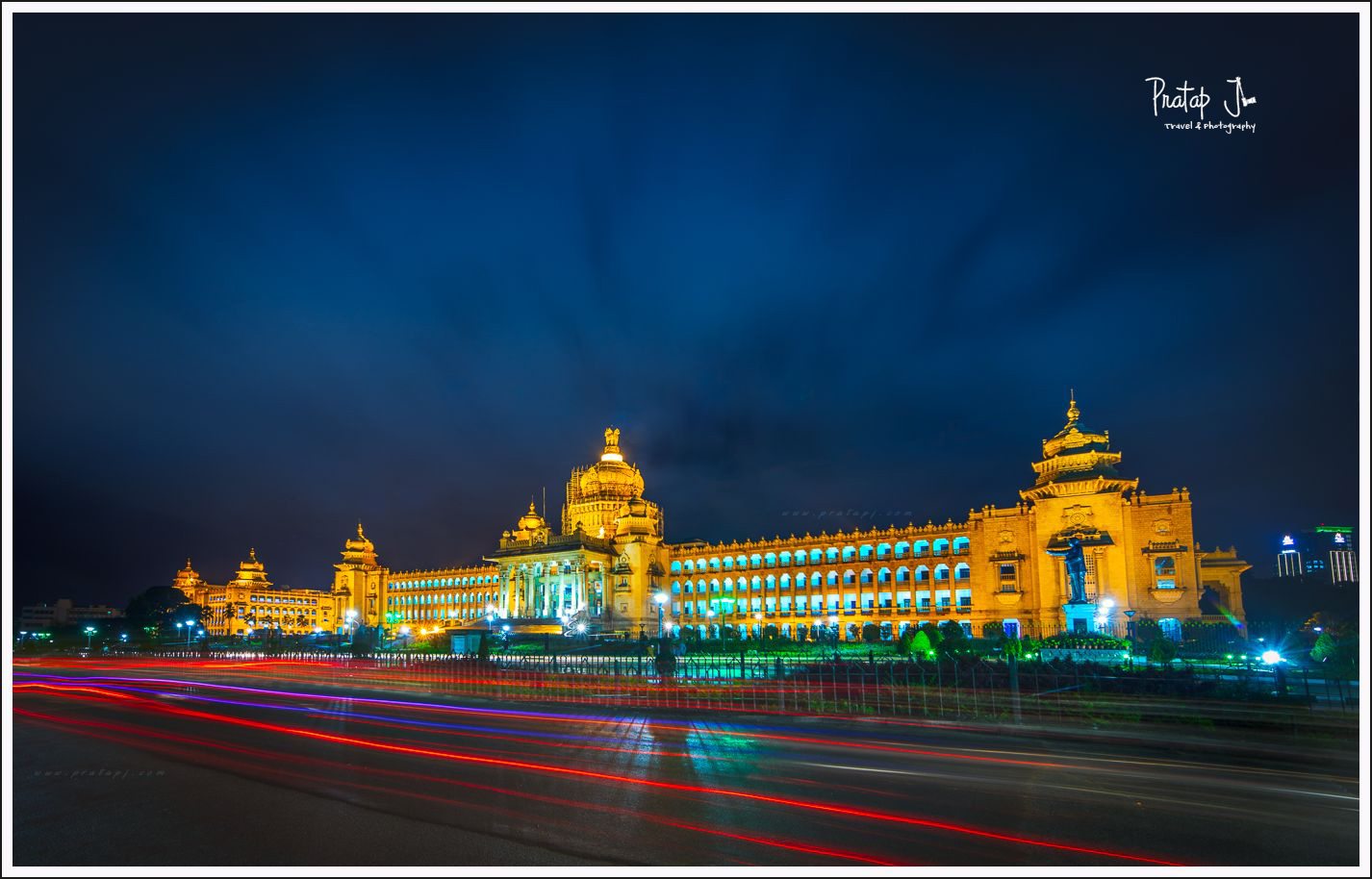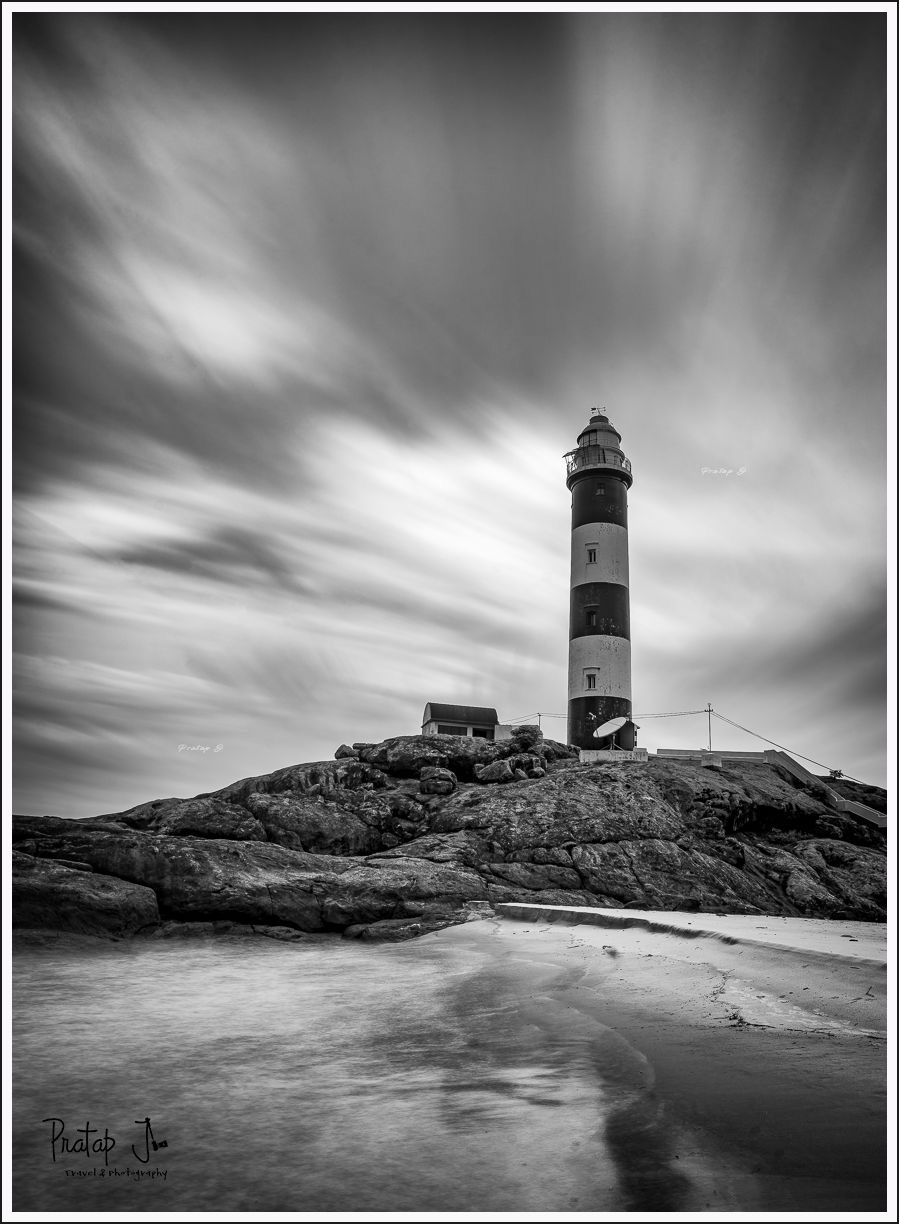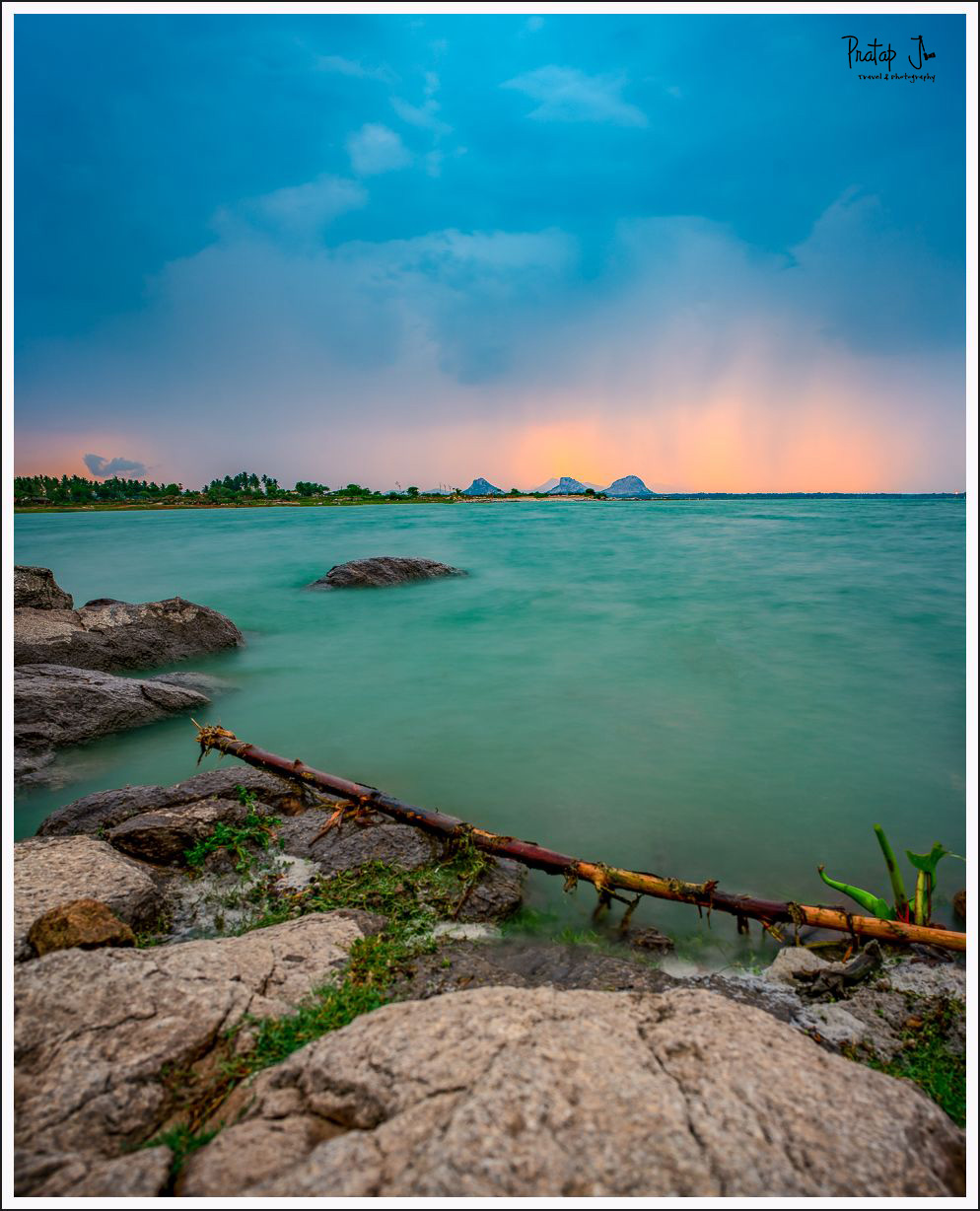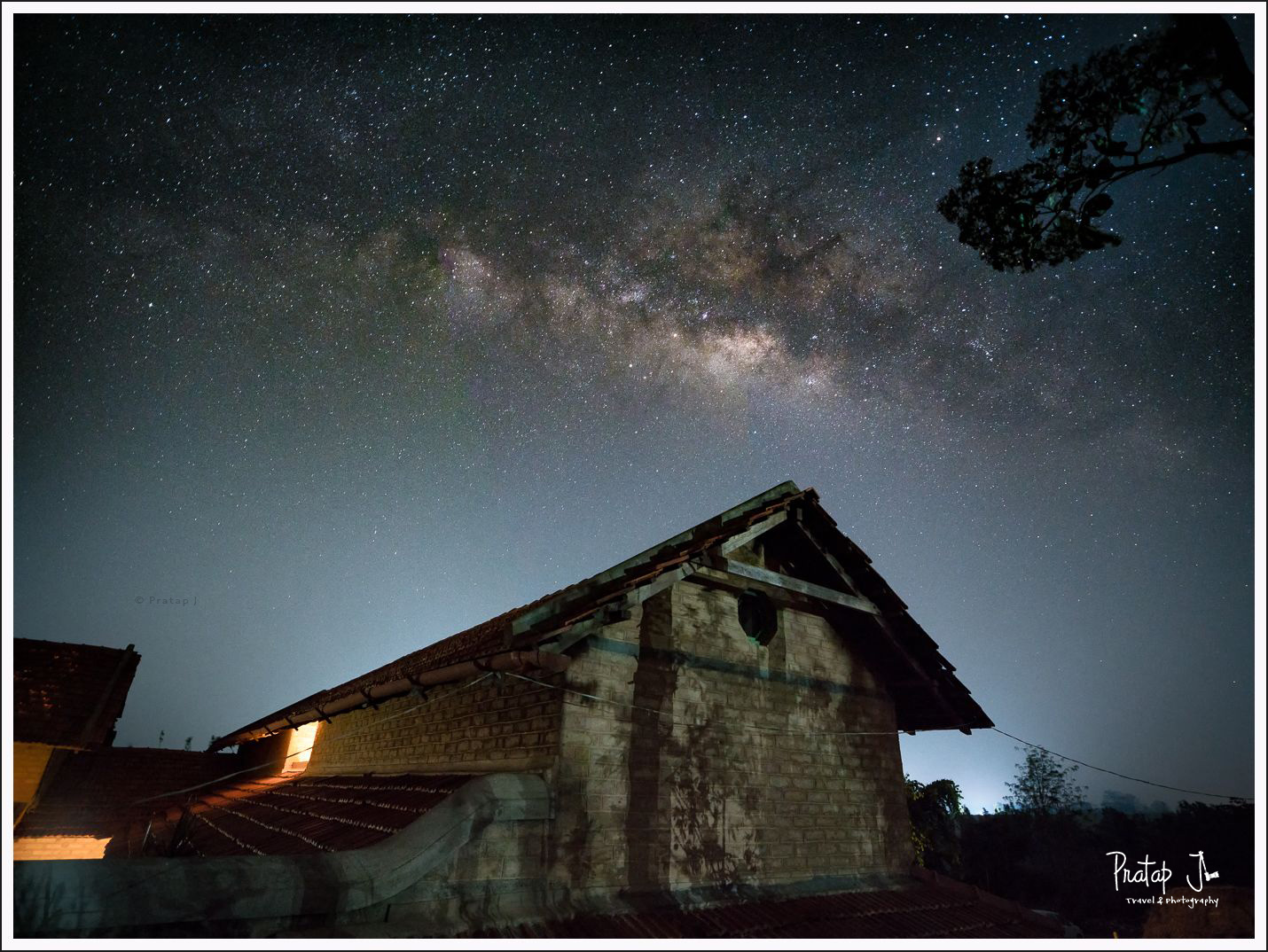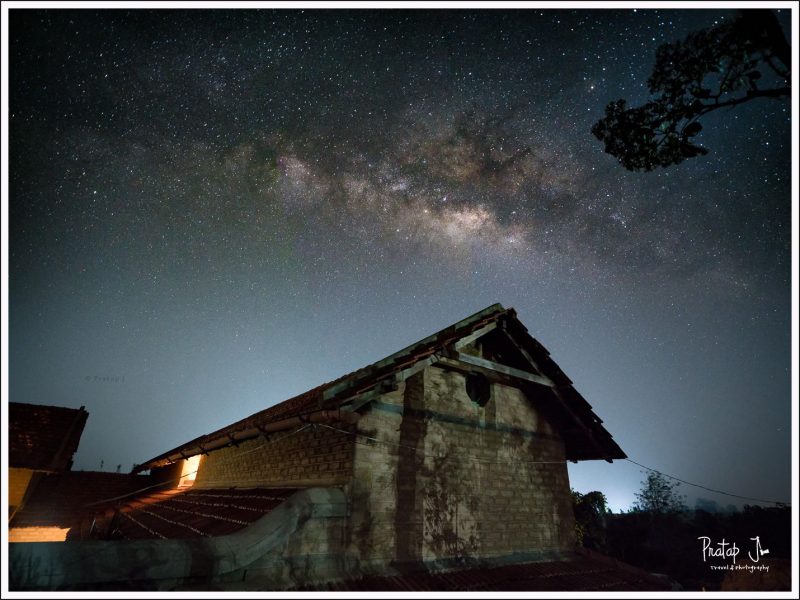Dams are always controversial. They are built for a purpose, but they are never accepted by everyone as a solution to the problem they are supposed to solve. Irrespective of what you think of dams, there is no denying that they result in a lot of destruction. They are known to bury entire villages. And in some cases, heritage monuments like this temple in the photograph.
This was shot in the backwaters of TG Halli Dam (Thippagondanahalli Reservoir). For most of the year, this temple is not visible. But when the water level goes down, it surfaces from below to remind those to care to notice – that the land below water is also alive. To see water as only a product for consumption, is our generation’s foolishness. TG Halli was built to supply water to Bangalore – a city that is the epitome of water wastage.
I could not find the name of this temple, which the waters of TG Halli has submerged. I guess no one cared to record it, but at least we get a glimpse of it sometimes. The striking hillock in this photo is Savandurga. It is a popular among trekking enthusiasts. Its status has thus been reduced to a weekend recreation spot. There are several ancient structures near Savandurga as well. Like an old abandoned temple, a fort etc. Savandurga’s place in history is forgotten like most things about our country.
